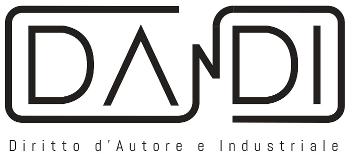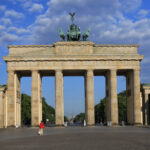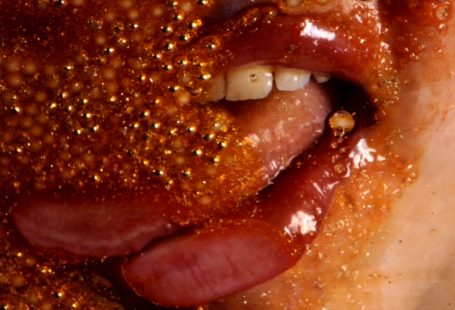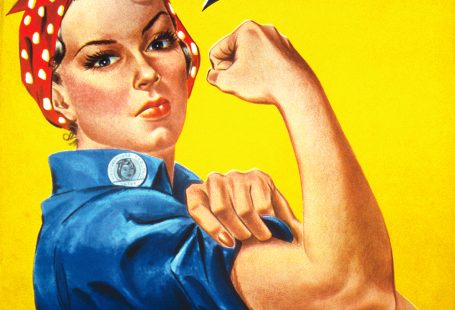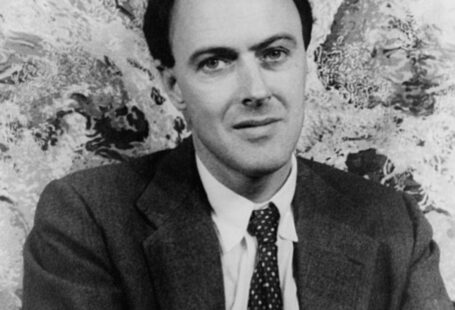Freedom Panorama Italian Copyright Law (by Domenico Piero Muscillo).
Pursuant to the Italian Copyright Law (n. 633 of 1941), and article 2575 of the Italian Civil Code, every building or monument which people admire walking on the streets, like every other creative part that compose it, is protected by copyright law.
Articles 1 and 2 of the Italian Copyright Law (n. 633/1941) and Article 2575 of the Civil Code, provides that copyright protection guarantees intellectual works which belongs to figurative arts, architecture in any way or expression.
This protection includes both sculptures, artworks, scenography, sketches and architectural works.
The reproduction issue, by photos, of these works wherever they are located, is very important.
It is basic to consider too the author’s exclusive right of economic use of the artwork under whatever kind and form, original or derived. The author is also entitled of moral rights which protects the expression of his/her personality expressed throughout the composition.
The Italian Copyright Law allows to take photos at public spaces, buildings or monuments which are visible and are not private.
It is also permitted to take photos to artworks and to publish these images only for “discussion or critique” purposes. Moreover it is permitted to to divulge these images.
The most important thing to bear in mind is that it is not possible to put into force any kind of “competition to the economic use of these works”. Until this activity is done without any kind of earning purpose, so guided by a generosity spirit, there are no problems. A core-issue to understand, concerns the case of taking photos to an architectural work and then publish these photos on a magazine or on the Internet. In this case this kind of publication could be considered as like a violation to copyright law referring to the person who created the object of art.
This point was faced by the Appeal Court of Rome, which declared that “the reproduction of photos of an artwork (…) represents an economic use modality that realises the exclusive right of reproduction, which is mentioned by article 13 of the Italian Copyright Law. The author, according to this article, remains entitled of these rights even in the case the rights to use the work are transferred”.
When instead there is a desire to popularise these images in order to earn money, the law imposes to ask for the prior authorisation to the right owner and/or to the architect. An exception has been considered: it concerns the case where the artist has died from more than 70 years. In this case there is no need to request an authorisation.
The law provides a distinction between the case where the building represents the main part of the picture (close-up) or it represents the background. In the first case we need to ask for the authorisation instead in the second case no. It is important, for this reason, to distinguish between real estates.
At this point we can affirm the following principle: the management can ban the shootings if photographs are considered as like a sort of danger for artworks and/or they contribute with the economic interests of the organization, even if private, or in the case it is provided the payment for an exclusive licensing of postcards, images or books inside the organization.
In the case in which artworks belong to a private person and it was not declared as a cultural heritage, the owner should or not authorise the shootings. Aside from concerning the case where the shootings are made by museums with a research purpose (using a meticulous technical-scientifical method) or however of cultural heritages which are included in cases where the Law protects cultural heritage and landscapes, theoretically these kind of shootings have to be authorized from the manager of the organization, and in every case they are not charged with a fee.
The photographer, however, cannot neither reproduce nor take advantage of the taken photos jeopardizing the rights on the artworks and/or architectural works due to the fact that these rights belong exclusively to the authors or whom is entitled for them. The abovementioned prohibitions limit both the photographer’s right in shooting and they produce another effect about the eventual abuse committed in using them.
The legislation in exam punishes whomever, even in the case it was not taken a photo, reveals or popularize by using any kind of broadcasting instrument, the obtained images. There are a lot of protected monuments by the Superintendence or by other authorities, and for this reason it is preferred to ask for information prior the publication of these photos. The Superintendence, generally, does not sell images or rights but it requires however to submit a request for publication, specifying the reason. Further it is possible to insert, in the publication, the obtained authorization.
The outsides are, generally, not subject to limitations provided by the Superintendence. In this case there are a lot of examples concerning protection. By the way it is crucial to control, during the shooting, that there are no kind of modern artworks, as like sculptures, due to the fact that these are always subject to restrictions.
In the last period, in Italy, thanks to an amendment to the “Franceschini Decree”, an article concerning the freedom of panorama has been approved. This article has introduced, in the Italian legal system, the concept of “freedom of panorama”.
In particular it concerns a “fair use” of images in case these are not sold. The “Parliamentary intergroup for innovation” was able to reach its purpose in amending Article 3, approving and adding to the third paragraph, the third-bis paragraph– thanks to a bipartisan vote – to the 2014 Decree. The purpose of this decree was to rule over the shootings of photos in museums and in cultural spaces. It was decided not to approve a new act, which would have taken much more time for its approval and for this reason the deputies were able to concentrate themselves on the proposal made by the PD’s MP Lorenzo Basso, whom has resumed, in the “Industrial and Tourism Commission” with the help of all the members, that “fair use” signs a difference between flexibility and strictness regarding the application of the right to publish.
Dandi Law Firm provides legal assistance in several Practice Areas. Check out our Services or contact Us!
